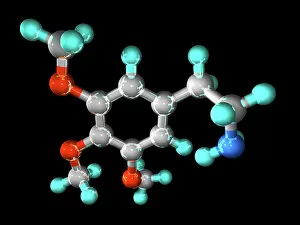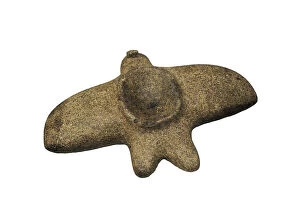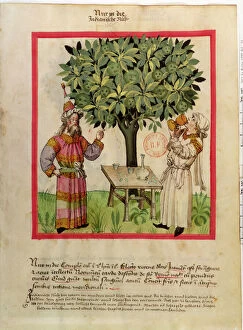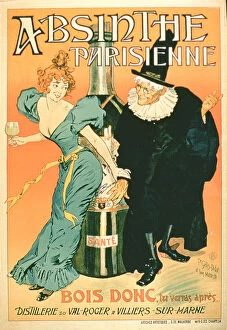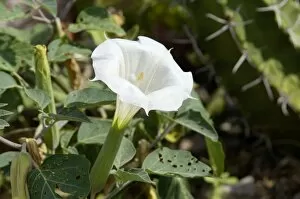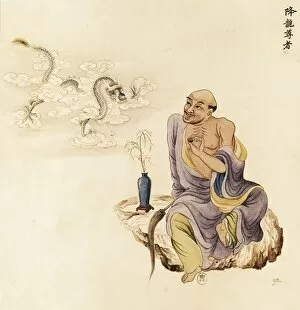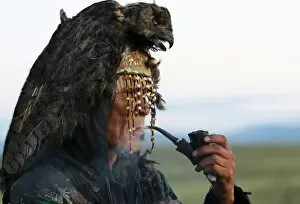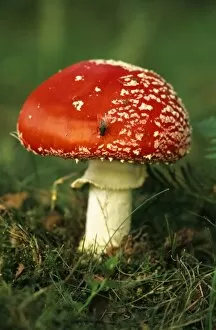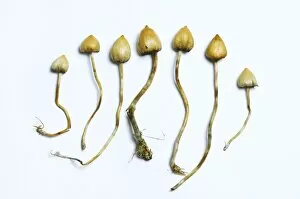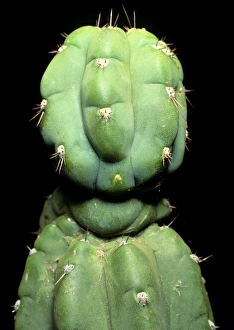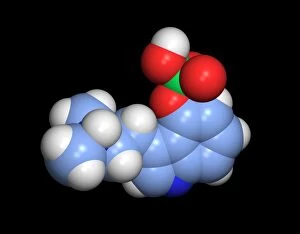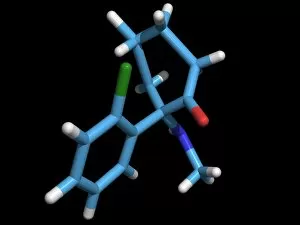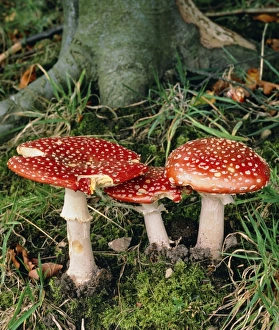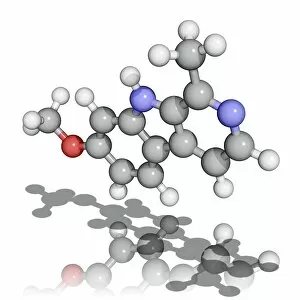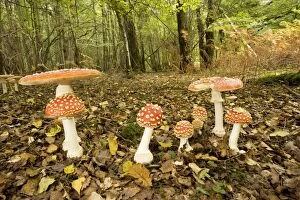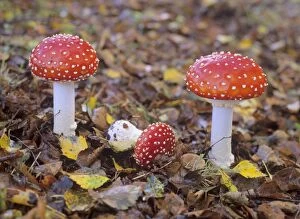Hallucinogen Collection
"Hallucinogen: Exploring the Kaleidoscope of Perception" Delve into the mesmerizing world of hallucinogens as we embark on a captivating journey through art, culture
All Professionally Made to Order for Quick Shipping
"Hallucinogen: Exploring the Kaleidoscope of Perception" Delve into the mesmerizing world of hallucinogens as we embark on a captivating journey through art, culture, and science. From the visionary works of Robert Delaunay's "Carousel with Pigs" to the intricate molecular structure of mescaline, these hints offer glimpses into a realm where reality intertwines with imagination. Step into ancient Chinese alchemical meditation in Taoism's last phase, where enlightenment meets hallucination. Witness the mystical bird-shaped mortar known as Zoolith, used to grind potent hallucinogens that open doors to otherworldly experiences. Discover nature's secrets through Salvia officinalis, also known as blue-flowered sage—a plant revered for its mind-altering properties. Uncover centuries-old wisdom from Tacuinum Sanitatis' vellum manuscript (Ms. Lat. 9333 fol. 11), depicting nutmeg harvesting—an ingredient renowned for its psychoactive effects. Immerse yourself in cultural rituals as fakirs assemble to prepare bhang and ganja in the Large Clive Album—an assembly that unlocks altered states of consciousness. Explore Parisian Absinthe's allure through vintage posters like "So Drink, You'll See Later, " enticing you into an intoxicating dance between reality and illusion. Marvel at Datura stramonium's botanical plate—its vibrant colors mirroring its potential to transport minds beyond ordinary perception. Encounter Jimsonweed or devil's snare (Datura stramonium) lurking amidst New Mexico landscapes—a reminder of nature's enigmatic power over human consciousness. Unravel the mysteries behind ecstasy’s impact on brain function—the chemical catalyst that reshapes neural pathways and ignites euphoric visions within our mindscape. Join us on this enthralling exploration where boundaries blur and perceptions shift—where hallucinations become gateways to new dimensions waiting to be discovered.


